#DamaKoLahiKo: The power of Filipino culture to conquer the world
Celebrating Philippine nationhood should come naturally. Yet we still have to be reminded come Independence Day that we are one nation with a wealth of natural resources and a rich culture that we should be proud of.
Other countries with less have made an impact internationally. Just look at how we consume all that K-drama on Netflix and how K-pop has conquered the world.
Granted, we have so many provinces and languages scattered over 7,641 islands that getting everyone together on the same page has always been problematic, but this very fact — this spectacular diversity — is our major advantage that we are not developing to its full potential.
Maybe we just underestimate its value. Culture was never a priority. Look at all the heritage buildings and houses that make way for nondescript condominiums and commercial establishments in the name of progress.
If we live out Filipino culture collectively, consciously and consistently in our everyday lives, we will have this power that can help us advance as a nation.
What we don’t realize is that culture underpins economic growth, as seen with our Asian neighbors and being in the Asia-Pacific, the world’s biggest Culture and Creative Industries (CCI) market; we are losing out on about US$743 billion in revenues (33 percent of global CCI sales) and 12.7 million jobs (43 percent of CCI jobs worldwide).
The soft power of culture and creativity can never be emphasized enough.
“If we live out Filipino culture collectively, consciously and consistently in our everyday lives, we will have this power that can help us advance as a nation,” according to the “Dama Ko, Lahi Ko” (DKLK) collective, composed of individuals and groups who believe that the timing couldn’t be better for Filipino culture to be on the global menu. With the pandemic, the whole world is rebooting: “People are rushing out to make up for lost time by seeking fresh experiences.”
The best thing about it is that culture is democratic. It’s in each one of us: what we eat, how we do things, how we think and relate to others.
Talk to your parents, your lolo or lola and go back to your family history — the heirloom recipes, their activities as children, how they celebrated milestone events and fiestas. You can even go further and read books, go to museums, exhibits, watch plays, films, concerts and dance productions.
The theme of DKLK is a call to celebrate our culture through our five senses:
Pandinig
Pandinig, or sound, goes deep into our collective memory — from nature, like the rustling of coconut leaves and waves lapping on the shore in one of the country’s fabulous beaches; or street sounds like the ringing of the sorbetero’s bell that brings images of the colorful cart and delicious ube and keso ice cream.
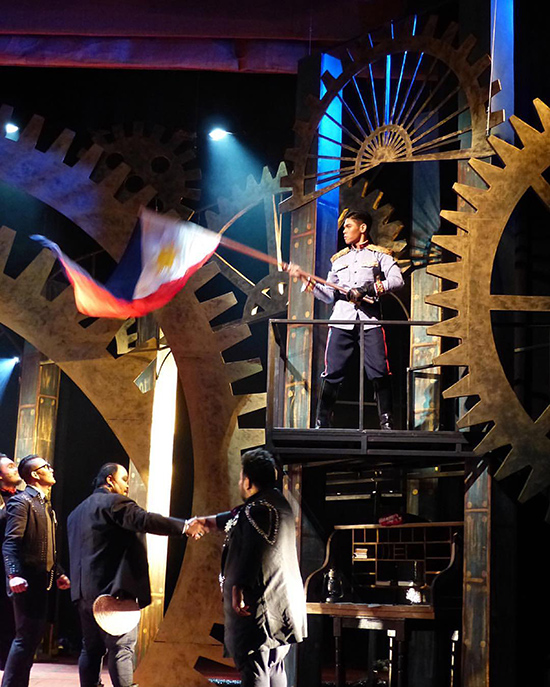
The sound of the pangkat kawayan, a festive welcome and prelude to a sumptuous barrio fiesta. OPM songs like Manila by Hotdog or a kundiman played at the height of homesickness abroad.
Sounds and songs recall images so poignantly that the Heritage Conservation Society, together with OPM Archive, Organisasyon ng Pilipinong Mang-aawit and PhilPop, recently launched “Music, Landscape and Memories,” a podcast on Spotify that features heritage landscapes as experienced through music.
Our country, in fact, is internationally renowned for music, with artists like Lea Salonga, Cecile Licad and the Philippine Madrigal Singers, among others, garnering worldwide acclaim.
Pang-amoy
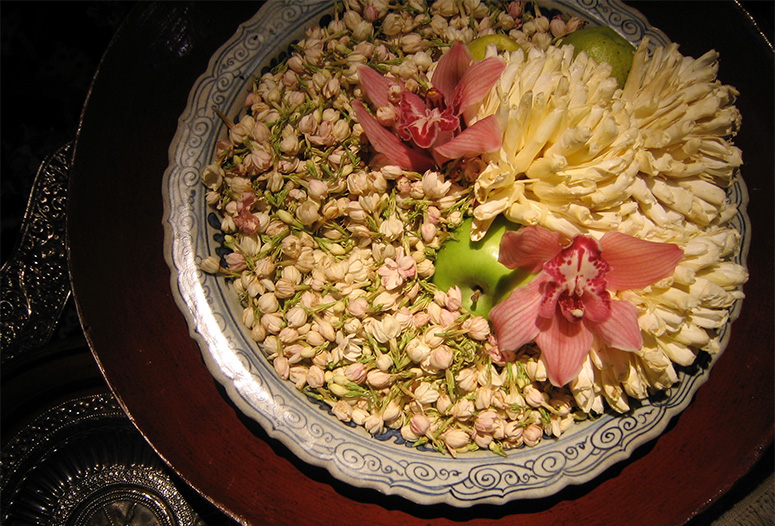
Pang-amoy, or smell, is another harbinger of wonderful memories.
The sampaguita is so distinctly fragrant, evoking summers on the veranda where we would gather them in porcelain bowls or hang them on santos of the mesa altar where the family would get together to pray.

The calming aroma of the ylang-ylang, usually the “tassel” of the sampaguita lei, was always so prized for its oil as one of the prime ingredients of perfumes like Chanel No. 5.
With a third of more than 9,250 vascular plant species that are endemic to the Philippines and 998 species of orchids recorded, there is so much flora to discover.
Paningin
Paningin, or sight, challenges our minds and touches our hearts.
Architecture, from the bahay kubo to the bahay na bato, amazes us with their design and construction and make us sentimental for the days of yore while providing a foundation for innovations that suit tropical living today.
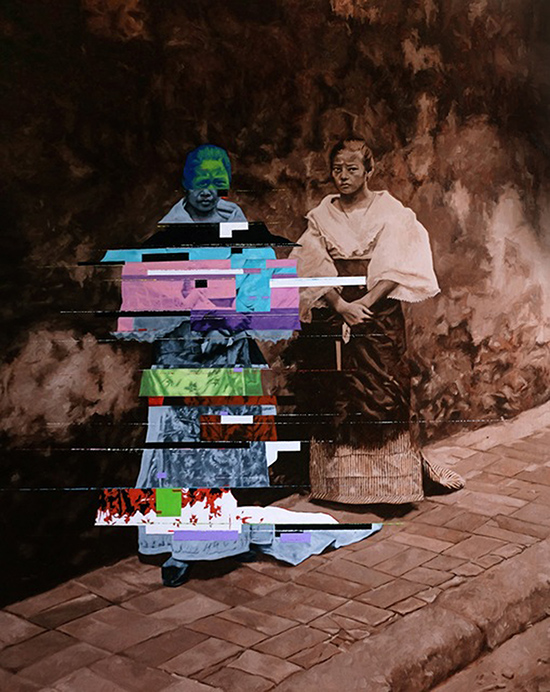
Baroque churches and other structures built through the centuries have so much history tied to our identity as a people, making them treasures that we should safeguard for the coming generations.
The same goes for works of art that continue to inspire us and are part of a continuing story, one which our contemporary artists are telling us with new vocabularies.

Fashion is also a cultural asset, from the baro’t saya to the barong and terno, which is now assured a future thanks to the Ternocon promoting its use as everyday dress and motivating designers to create pieces that are grounded in history while employing contemporary design approaches.
Panlasa
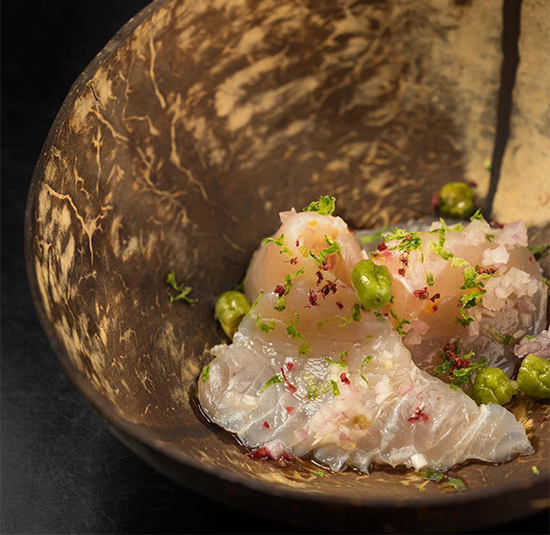
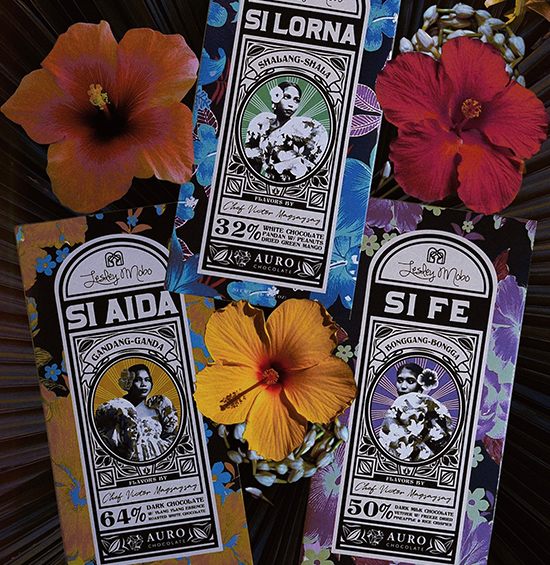
Panlasa, or taste, no doubt defines the Filipino who, will talk about all kinds of food while enjoying a meal with family and friends. With the variety and wealth of ingredients from all over the archipelago, there is so much to discover and savor, from the different kinds of kilawin with the freshest fish and the different souring agents used in sinigang to every home’s version of adobo.
These dishes have migrated to distant shores, where they have evolved further and found new fans, not to mention how local chefs like Jordy Navarra of Toyo Eatery have put their own modern spin on our cuisine to consistently make it to the list of Asia’s top restaurants.
Pansalat
Pansalat, or touch, when it comes to the Filipino, is unparalleled because of his skill, artistry and sense of rhythm that creates the most sumptuous textiles and crafts, which hold pride of place in the world’s greatest museums, from the Victoria & Albert in London to the Museé du Quai Branly in Paris.
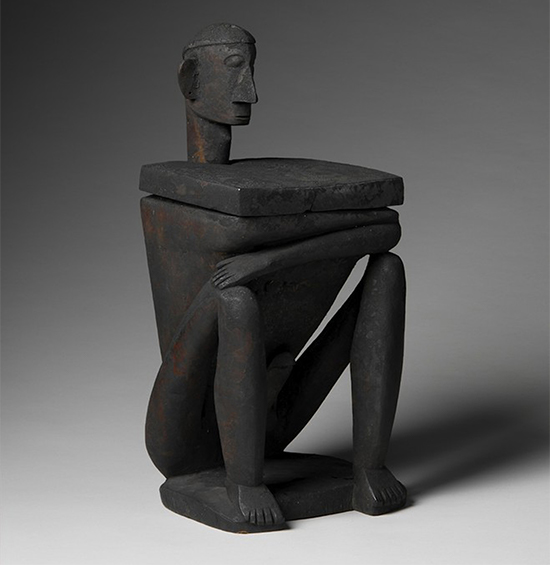
Our artisanal skills are kept alive by designers like Bea Valdes, who has updated embroidery with her intricate bags and jewelry that are sold in exclusive boutiques around the world.

At Manila FAME, exporters of furniture, home and fashion accessories have taken our handcrafted traditions to new heights. Pop-ups like Bench x Katutubo, ArteFino and Designers Holiday Bazaar also up the game with rising designers and artisans showing novel creations.
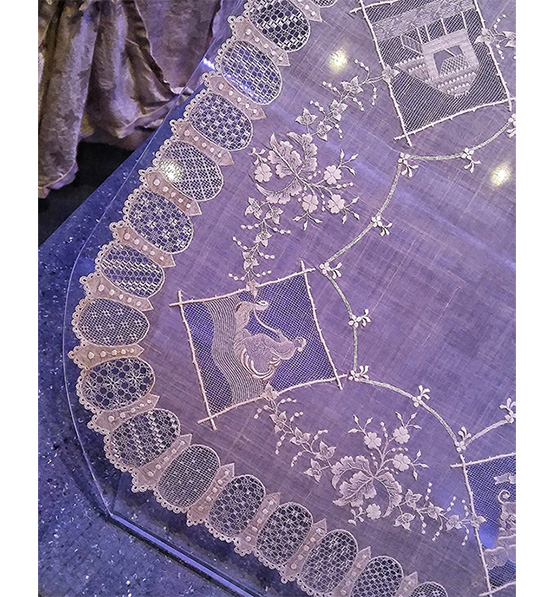
Let’s make it a habit to always sharpen our senses and be open to the beauty around us, realizing our authentic selves and using it as inspiration to make a better Philippines that the world can also appreciate.

Be a part of the growing movement of DKLK by sharing your inspirations with hashtag #DamaKoLahiKo and tagging @DamakoLahiko.


